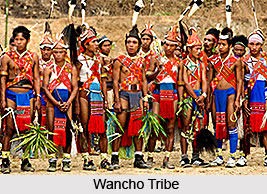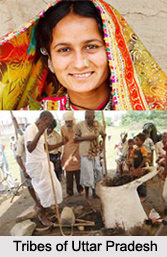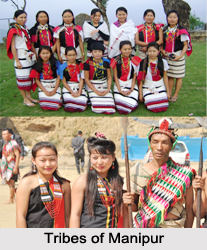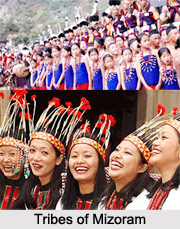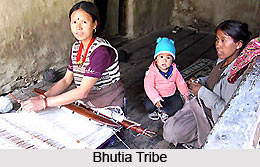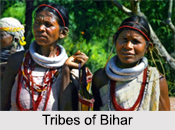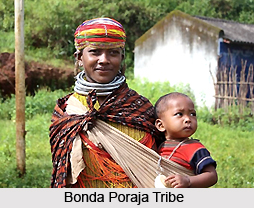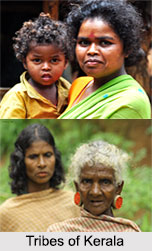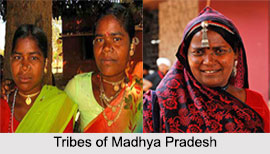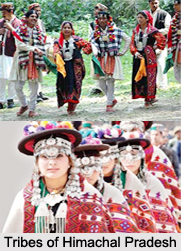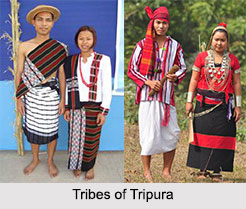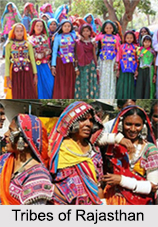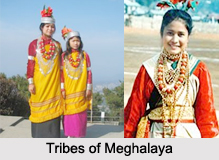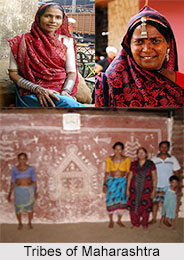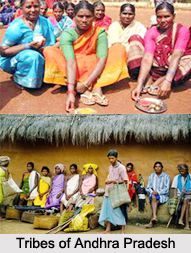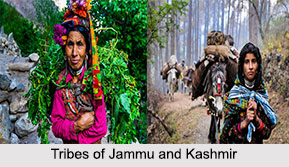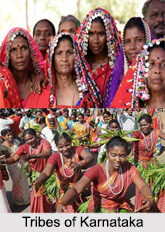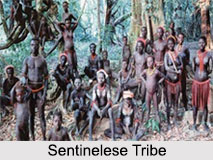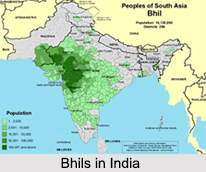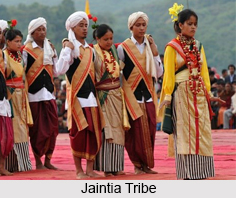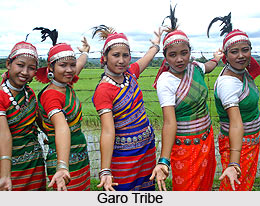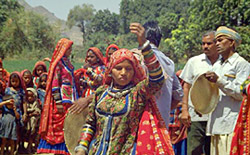The Videhas are mentioned in the Brahmana portion of the Vedas as a people in a very advanced stage of civilisation. The part of the country where they lived appears to have been known by the name of Videha even in the still more ancient times of the Samhitas, for the Yajur Veda Samhitas mention the cows of Videha, which appear to have been particularly famous in ancient India. History says that a confederacy of kindred people known as the Kosala-Videhas, occupied a position of no less importance than that of the Kuru-Panchalas, lived to the east of the Madhyadesa at the time of the redaction of the Brahmanas. The Videha country in those days constituted the extreme east of the land of the Aryans.
The Videha country is said to have derived its name from this King Videgha Mathava or Videha Madhava, who introduced the sacrificial fire; and according to some, this introduction of the sacrificial fire is symbolical of the inauguration of the Brahmanical faith in the region. This legend, which is of importance in connection with the question of Aryan settlement in the Videha country, is found in detail in the Shatapatha Brahmana.
It has been said that in the later Mantra period, Videha must have been organised so far as to take a leading part in Vedic culture. The Videhas maintained a high position in Vedic society at least in the Brahmana period and from the superior intellectual position that they had attained in this period it is legitimate to assume that Vedic Aryan culture had taken its root in Videha long before the Brahmana age, and most probably in the early Samhita age of the Rig Veda.
Various Puranic texts have given accounts of the sacrificial rites which were performed by the royal families of the Videhas. The Videhas have been mentioned twice in the list of people in the Bhishma Parva: once as Videhas along with the Magadhas, and once as Vaidehas along with the Tamraliptakas.
About the Videha kings it has been said in the historical accounts that kings of Videha usually maintained friendly relations with neighbouring powers. For instances the marriage of Lord Rama and Sita were instances of matrimonial alliances between two neighbouring kingdoms. The kingdom of Videhas is known to be a great seat of Buddhism as well as Jainism. Trade and commerce was well developed among the Videhas and it has been said that the Videhas were charitable people.
